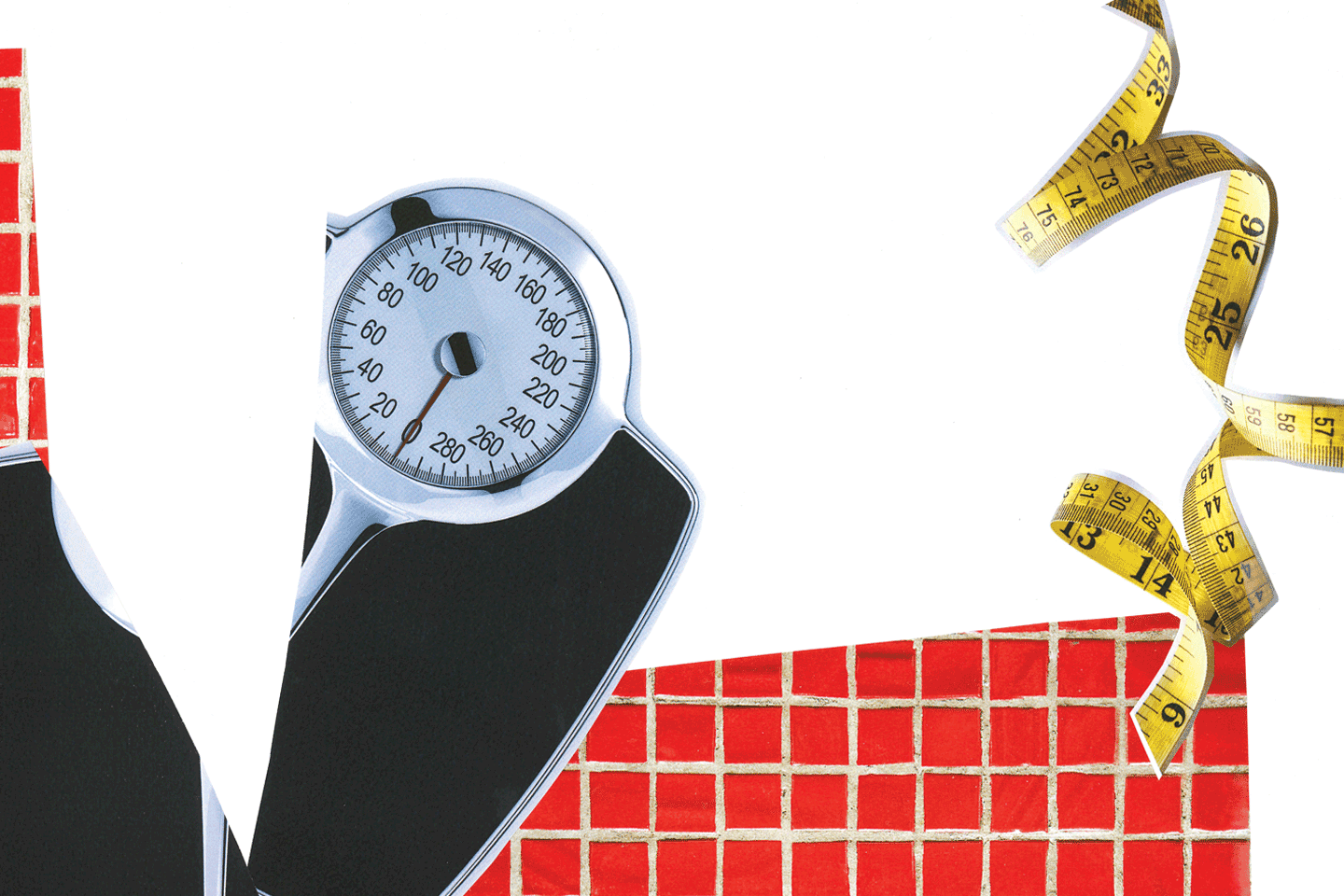
When was the last time you saw your doctor? The guidelines below from the U.S. Preventive Services Task Force (USPSTF), the American College of Obstetricians and Gynecologists (ACOG), and more can help spot an issue before you even have symptoms. If you’ve been putting off seeing a health care provider, take action now. As the old saying goes, “an ounce of prevention is worth a pound of cure.”
Your Annual Well-Woman Visit
The ACOG says that all women need annual “well-woman” office visits in order to assess overall health and minimize health risks. A physical exam generally includes blood pressure, weight, body mass index, palpation of the abdomen and lymph nodes, and a general assessment of your overall health. It also gives your doctor the chance to catch anything that seems “off,” as well as administer specific screenings, evaluations, and immunizations based on your age and health history. Depending on your age and risk profile, your visit may include the following.
Screening for Heart Heath.
Most regular cardiovascular screening tests – such as blood pressure and cholesterol — should begin at age 20, according to the American Heart Association. Your doctor may want earlier, or more frequent, screening if you already have risk factors or a family history of cardiovascular disease.
Screening for Osteoporosis.
All women age 65 and over should get bone density testing, even if they have no other risk factors for osteoporosis. Women age 50 and older should get bone density scans if they have risk factors increasing the likelihood of a fracture within the next 10 years.
Screening for Prediabetes and Type 2 Diabetes.
The American Diabetes Association recommends blood glucose screening for any woman, regardless of age, who has a body mass index higher than 25 along with additional risk factors for prediabetes or type 2 diabetes. If no risk factors are present, a woman should receive an initial screening at age 45 and continue every three years if results are normal.
Women age 19 and older should
develop breast self-awareness and receive a clinical breast exam every year.
According to the National Comprehensive Cancer Network, women age 40 and older should have a mammogram every year as long as they are in good health.
Screening for Reproductive Health.
Women 21 or older should get a pelvic/gynecologic exam every year and a pap test every three years. Women who are 30 and older can consider getting a pap test every five years instead of every three if the procedure is combined with HPV testing. All sexually active women should undergo sexually transmitted disease (STD) screening, including tests for syphilis, gonorrhea,
and chlamydia.
Eye Exams.
The American Academy of Ophthalmology recommends a baseline comprehensive eye exam around the age of 40, as this is when early signs of disease and changes in eyesight are often first detected. If you have a family history of eye disease or are at a higher risk due to diabetes or high blood pressure, you should obtain an eye exam even earlier.
Dental Check-Ups.
To maintain optimal oral health, the American Dental Association (ADA) recommends regular dental visits at intervals determined by a dentist. Low-risk patients may only need one cleaning and exam per year, while high-risk patients may benefit from more frequent visits.
Professional Skin Exams.
The American Academy of Dermatology encourages all women to regularly examine their skin for signs of skin cancer and see a board-certified dermatologist if they notice any unusual spots on their skin, including anything changing, itching, or bleeding.
See Related Articles







